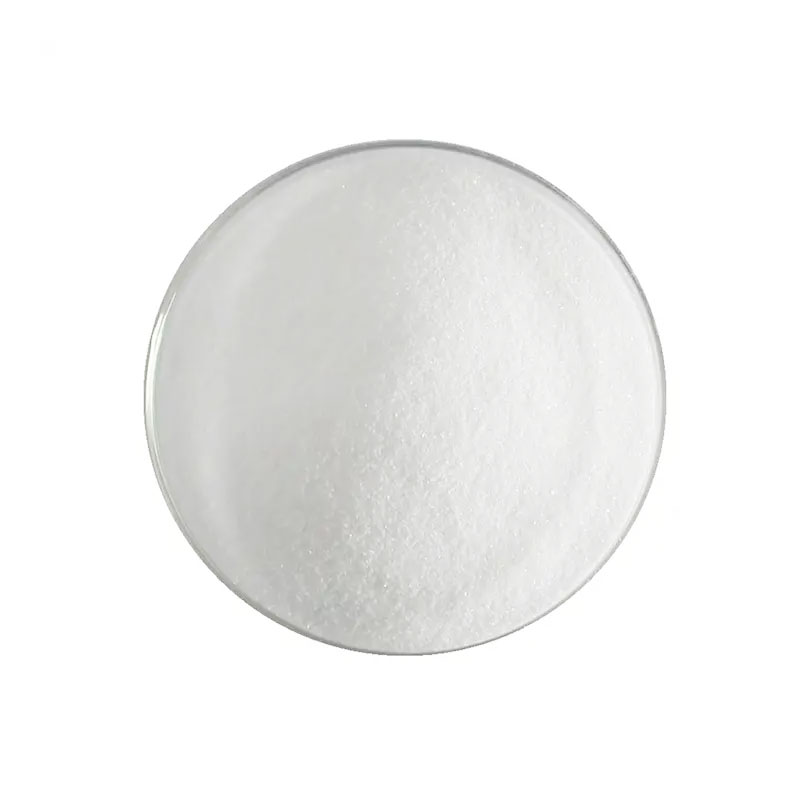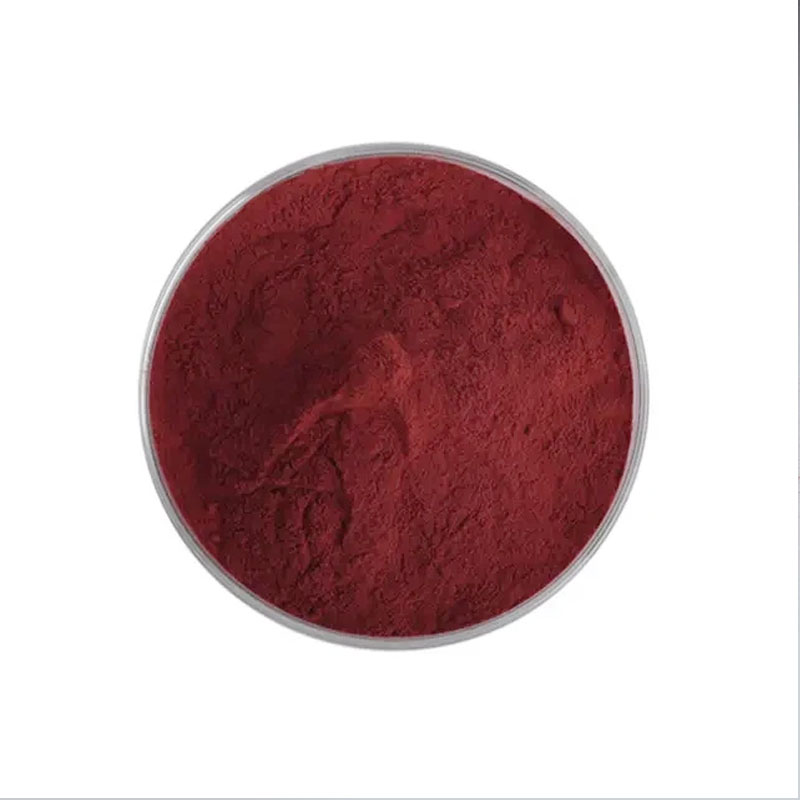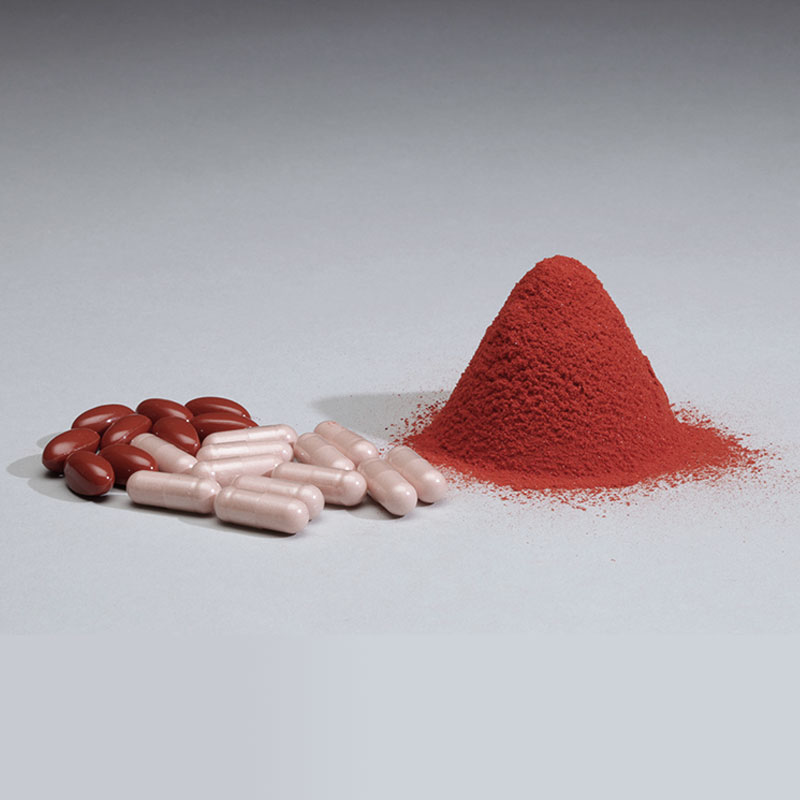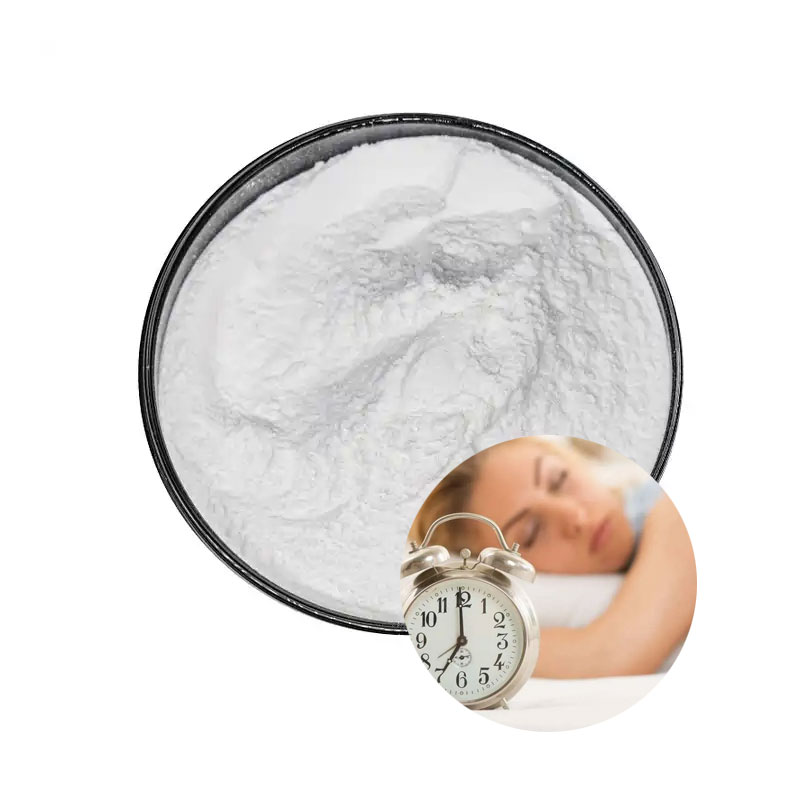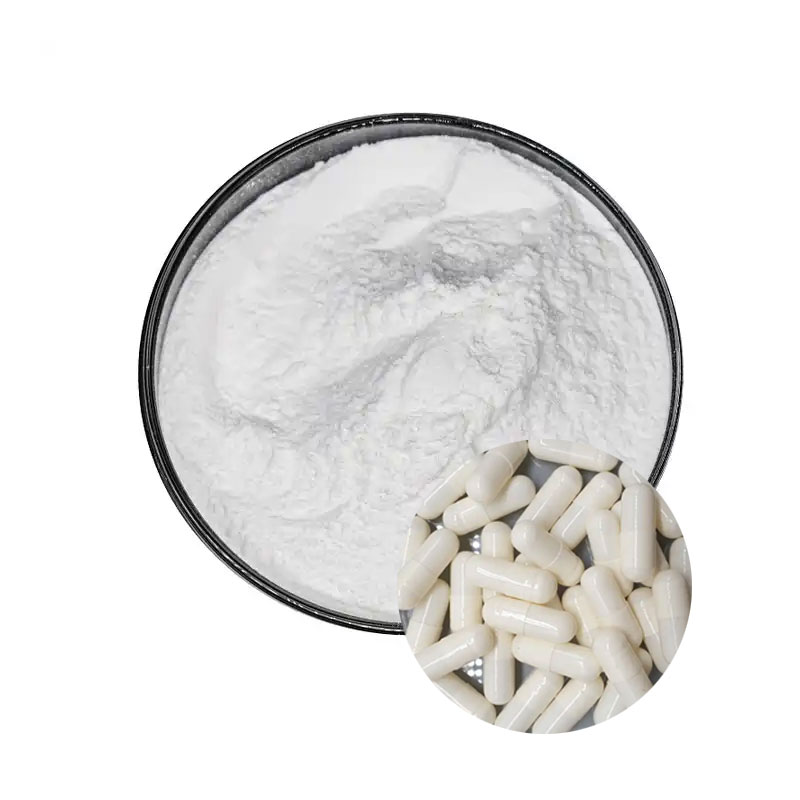Vitamin D3 Powder
- Product Name:Vitamin D3 Powder
- Sample:5-10g Sample For free
- CAS No:67-97-0
- Shelf Life:2 years
- Appearance:White Powder
- Test Method:HPLC
- Category Name:Food Additives, Vitamins Powder
-
Vitamin D3 Product Description
Cholecalciferol (English: Cholecalciferol, also known as vitamin D3 or cholecalciferol) is a kind of vitamin D, and 7-dehydrocholesterol generated after dehydrogenation of cholesterol can be irradiated with ultraviolet light to form cholecalciferol, so it is also known as Cholecalciferol. It is said that the provitamin D of cholecalciferol is 7-dehydrocholesterol
Vitamin D3 Specification
| Product Name | Vitamin D3 |
| CAS No | 67-97-0;8024-19-9;8050-67-7 |
| Appearance | White Fine Powder |
| Specification | 40,000,000IU |
Vitamin D3 Function
- Improve the body’s absorption of calcium and phosphorus, so that the levels of plasma calcium and plasma phosphorus reach saturation.
- Promote growth and bone calcification, promote healthy teeth.
- Increases phosphorus absorption through the intestinal wall and increases phosphorus reabsorption through the renal tubules.
Vitamin D3 Sample
- 5-10g sample for free
- Convenient DHL,FEDEX,UPS and EMS service
What is vitamin D3 good for?
Vitamin D (ergocalciferol-D2, cholecalciferol-D3, alfacalcidol) is a fat-soluble vitamin that helps your body absorb calcium and phosphorus. Having the right amount of vitamin D, calcium, and phosphorus is important for building and keeping strong bones.
Is D3 good to take daily?
Taken in appropriate doses, vitamin D is generally considered safe. However, taking too much vitamin D in the form of supplements can be harmful. Children age 9 years and older, adults, and pregnant and breastfeeding women who take more than 4,000 IU a day of vitamin D might experience: Nausea and vomiting.
What is difference between vitamin D and D3?
There are two possible forms of vitamin D in the human body: vitamin D2 and vitamin D3. Both D2 and D3 are simply called “vitamin D,” so there’s no meaningful difference between vitamin D3 and just vitamin D.
Who should not take D3?
You should not use cholecalciferol if you have had an allergic reaction to vitamin D, or if you have: high levels of vitamin D in your body (hypervitaminosis D); high levels of calcium in your blood (hypercalcemia); or. any condition that makes it hard for your body to absorb nutrients from food (malabsorption).
How much D3 should I take daily?
The recommended daily amount of vitamin D is 400 international units (IU) for children up to age 12 months, 600 IU for people ages 1 to 70 years, and 800 IU for people over 70 years.
Is it better to take D3 every day or once a week?
The effect of equivalent oral doses of vitamin D3 600 IU/day, 4200 IU/week and 18,000 IU/month on vitamin D status was compared in a randomized clinical trial in nursing home residents. A daily dose was more effective than a weekly dose, and a monthly dose was the least effective.
What is the benefit of vitamin D3?
Vitamin D (ergocalciferol-D2, cholecalciferol-D3, alfacalcidol) is a fat-soluble vitamin that helps your body absorb calcium and phosphorus. Having the right amount of vitamin D, calcium, and phosphorus is important for building and keeping strong bones.
Who should not take D3?
You should not use cholecalciferol if you have had an allergic reaction to vitamin D, or if you have: high levels of vitamin D in your body (hypervitaminosis D); high levels of calcium in your blood (hypercalcemia); or. any condition that makes it hard for your body to absorb nutrients from food (malabsorption).
Vitamin D3 Powder Supplier And Manufacturer
Honghao Herb supplys standardized herbal extract with more than 10 years, guaranteeing you a high quality product with competitive price, best service! Honghao’s standardized herbal extract can supply in capsules, tablets form, it used for dietary supplement. The active ingredient is mainly used for functional beverages and health care products. They also can be used in cosmetic products for whitening and moisturizing.
As a trusted supplier of Food and Nutrition Ingredients, we customize products to meet customer requirements. We guarantee our customers the highest level of quality, consistent materials and the most competitive prices.
How To Buy Vitamin D3 Powder?
Just send email to info@herb-extract-supplier.com, or submit your requirement in bottom form, we are of service at any time!
Frequently Asked Questions
Does Honghaoherb offer free samples?
Yes, we offer free samples for 20-50g.
What is the minimum order quantity (MOQ)?
In general, the MOQ is 500 kg. Please contact our sales team for details.
Is there any discount?
With a standardized pricing scheme, we encourage you to contact us to learn more.
How long does the shipment take?
We have warehouses in Asia, North America, and Europe, thus our lead time is 30% shorter than other suppliers.
Are the products certified?
Yes, certified products we supply include USDA, NOP, Kosher, and Halal. Please contact us to learn more about the certifications.
Can I visit your factory?
We welcome our customers to visit our plant and the wild collections.
- Previous Article: Yucca Extract Powder
- Next Article: Vitamin A powder supplier

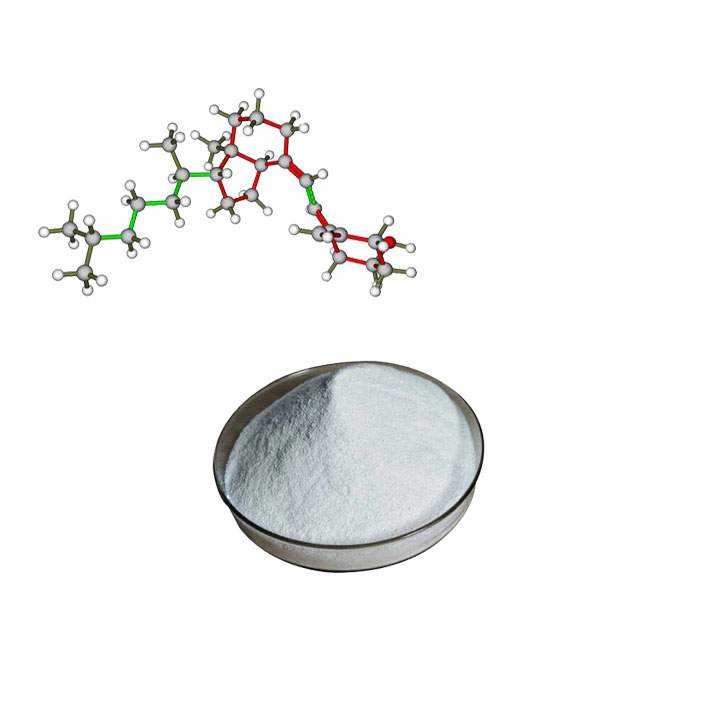
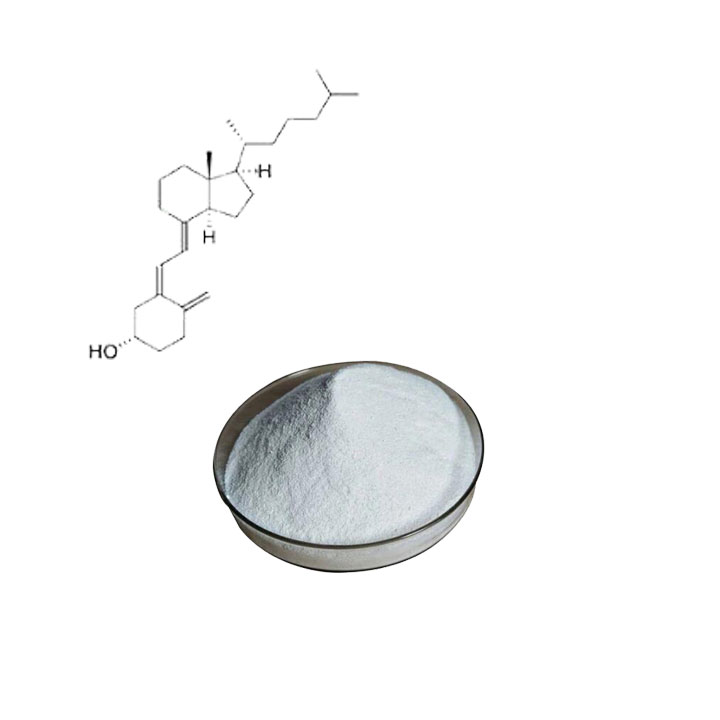


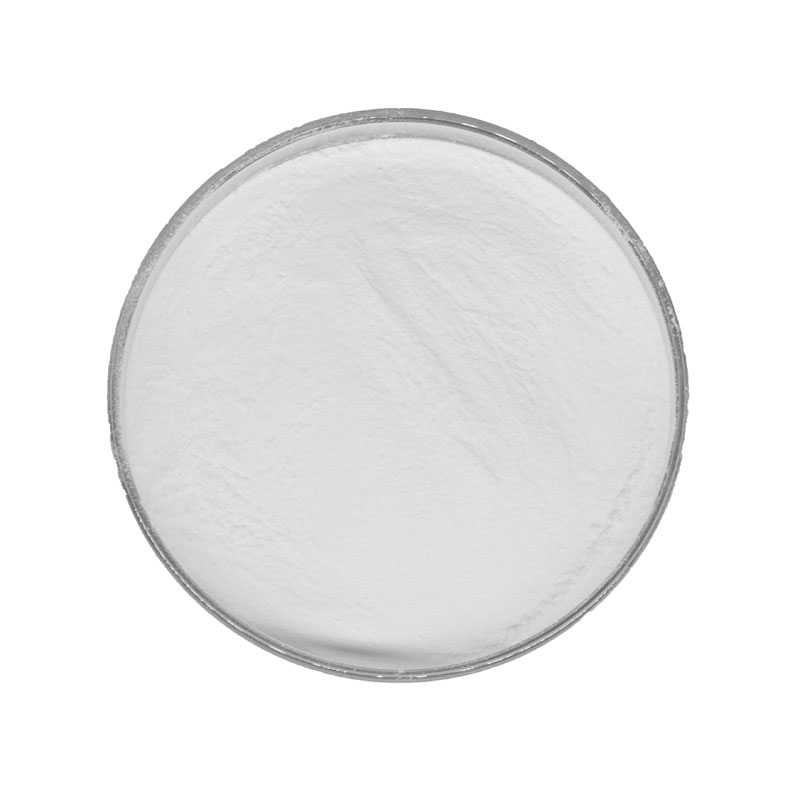
.jpg)
